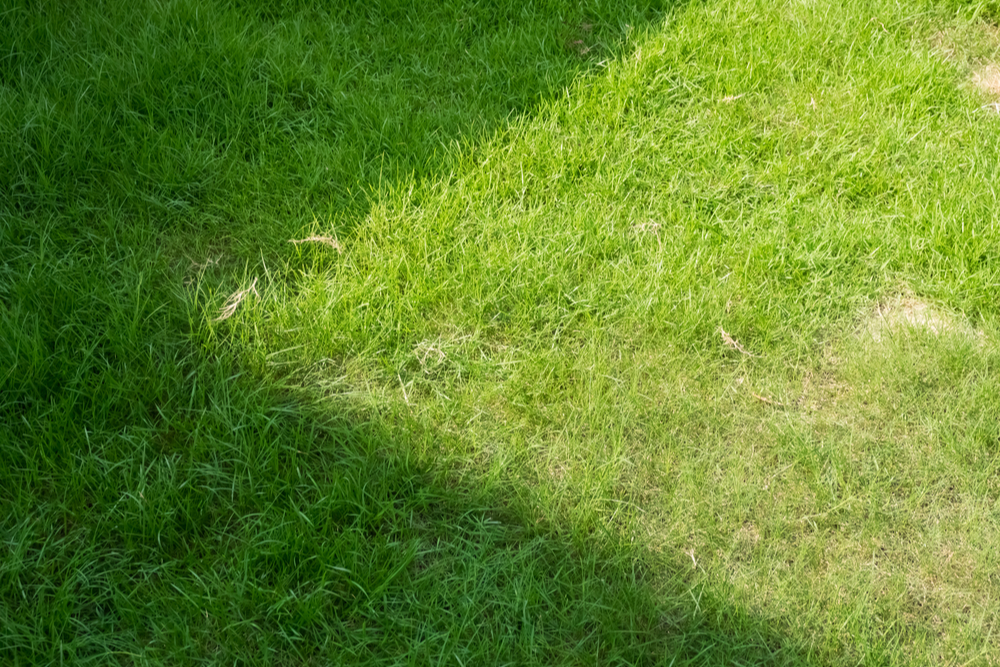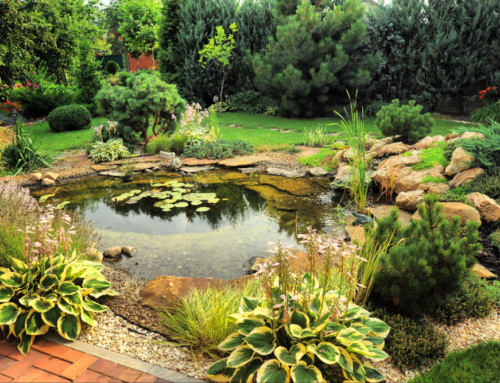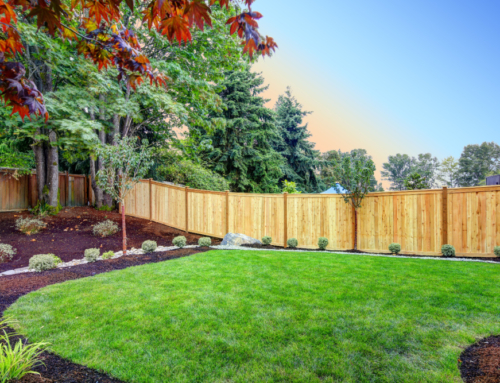Having a shady lawn around your home gives you a perfect spot to unwind during a hot summer. But in highly shady conditions, the grass underneath will have weak roots and stunted growth, leaving behind a patchy and thin grass cover.
Luckily, you can apply organic material, aerate the soil, or plant shade-tolerant ground covers to keep your lawn lush all the time.
Prune Tree Branches
The first step to having enough ground cover is pruning excessive tree branches. While pruning, aim to make the tree canopies thin so that sunlight can travel easily to the ground.
In addition, pruning the lower tree branches will help raise the canopy and allow sufficient sunlight, which will benefit the grass.
Grow Shade-tolerant Covers
Shade-tolerant vegetation comes in handy if you can’t prune tree branches to allow enough sunlight.
Popular shade-tolerant covers that you can plant on your lawn include Ajuga, English Ivy, Pachysandra, Liriope, and Winter creepers. For those who prefer non-evergreen shade covers, consider planting wild ginger, goutweed, lily, and violet.
You can also find an effective solution in shade-tolerant grass varieties. When choosing the right seed for shade-tolerant grass, the local climate will determine whether you need the warm season or cool-season varieties.
Cool-season grass varieties include Fescues, rough bluegrass, and Kentucky bluegrass. On the other hand, warm-season grass varieties include St. Augustine grass, Centipede grass, and Zoysia.
When planting shade-tolerant cover, make sure to water the lawn frequently to enhance moisture content in the soil. Moreover, it would help to keep the shoots of shade-tolerant grass within a height of 2.5-3 m to allow more light to reach the soil.
Remove Fallen Leaves
Trees will often shed their leaves on the lawn. It would be best to use a blower or a rake to prevent dry leaves from accumulating around the ground covers.
When leaves pile over the vegetation, they block light from reaching the grass and hinder proper growth.
Apply Organic Matter
Spreading compost can give your lawn a fresh package of nutrients for adequate growth. Apply compost on the lawn and use a rake or push broom to level the surface.
Keep it thin enough to avoid blocking the grass from sunlight when applying compost. Generally, a depth of ½ inch over the surface is ideal for organic manure.
How Many Plants Should You Use?
When planting vegetation, the aim is to achieve a quick, dense cover over the lawn. However, it all depends on the size of the lawn and the type of ground cover you want to plant.
A quicker option is to determine the size of the land (in inches) and divide it into six portions. Then, you can distinguish how many plants you’ll require by leaving a six-inch margin between plants.
Summary
Growing grass under a shady area can be a challenge, but you can achieve the best coverage with the right tips.
For instance, by pruning tree branches, growing shade-resistant covers, and applying organic manure, you will have a lush lawn under shade.
Contact a lawn care expert if you need more advice on choosing the right shade-tolerant cover.
If you require additional assistance with your lawn and tree care this spring, get in touch with us.






